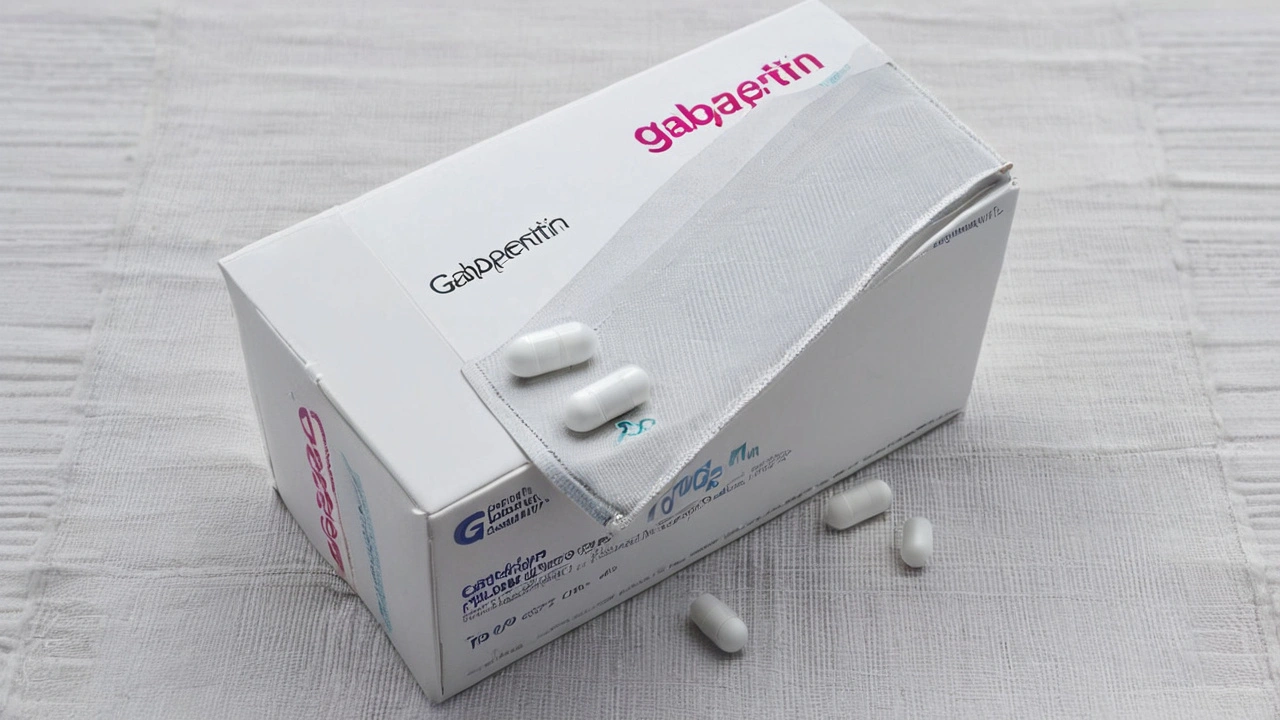July 2024 Gabapentin Guide – What You Need to Know
If you landed on this page looking for reliable info about gabapentin, you’re in the right spot. In July 2024 we published a deep‑dive article that breaks down why doctors prescribe this drug, what side effects to watch for, and how to use it safely. No jargon, just straight answers you can apply today.
How Gabapentin Works and When It's Used
Gabapentin is an anticonvulsant, which means it helps calm over‑active nerves. It’s most often sold under the brand name Neurontin. Doctors use it for two main reasons: to prevent seizures in people with epilepsy and to ease nerve‑related pain, like that caused by shingles or diabetic neuropathy. The drug binds to a specific part of brain cells called the calcium channel, reducing the release of excitatory neurotransmitters that trigger pain signals.
When you start gabapentin, your doctor will likely begin with a low dose and increase it gradually. This titration helps your body adjust and reduces the chance of side effects. Typical daily doses range from 900 mg to 3,600 mg, split into three doses. Always follow the prescription label; skipping doses or stopping abruptly can cause withdrawal symptoms.
Side Effects and Safety Tips
The most common side effects are drowsiness, dizziness, and mild swelling in your hands or feet. Most people notice these within the first week, and they often fade as your system gets used to the medication. If you feel unusually sleepy, avoid driving or operating heavy machinery until you know how gabapentin affects you.
Serious reactions are rare but can happen. Watch for signs of an allergic response—such as rash, itching, swelling of the face, or trouble breathing—and call emergency services right away. Also, let your doctor know if you have a history of kidney problems; gabapentin is cleared through the kidneys and may need dose adjustments.
Pregnant or breastfeeding women should discuss risks with their healthcare provider because animal studies suggest potential harm to the developing baby. And remember, mixing gabapentin with alcohol or other sedatives can amplify drowsiness, so keep those separate.
Staying informed is key. Our July 2024 archive gives you a full rundown of dosage guidelines, drug interactions, and practical tips for managing side effects. Bookmark the page, share it with anyone starting gabapentin, and check back for updates as new research emerges.

Comprehensive Guide to Gabapentin: Uses, Side Effects, and Safety Information
Gabapentin is a versatile anticonvulsant medication used to control seizures and manage nerve pain. While effective, it comes with a variety of potential side effects and risks. This article delves into the uses, side effects, and safety considerations for anyone prescribed this medication.